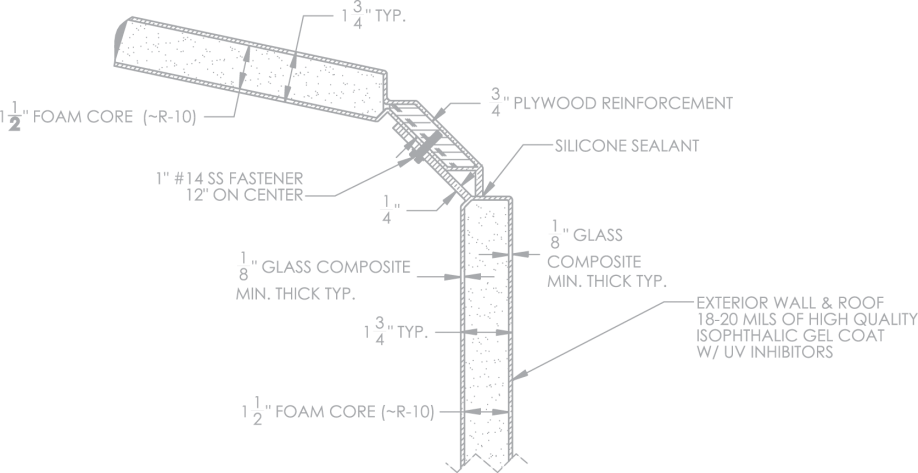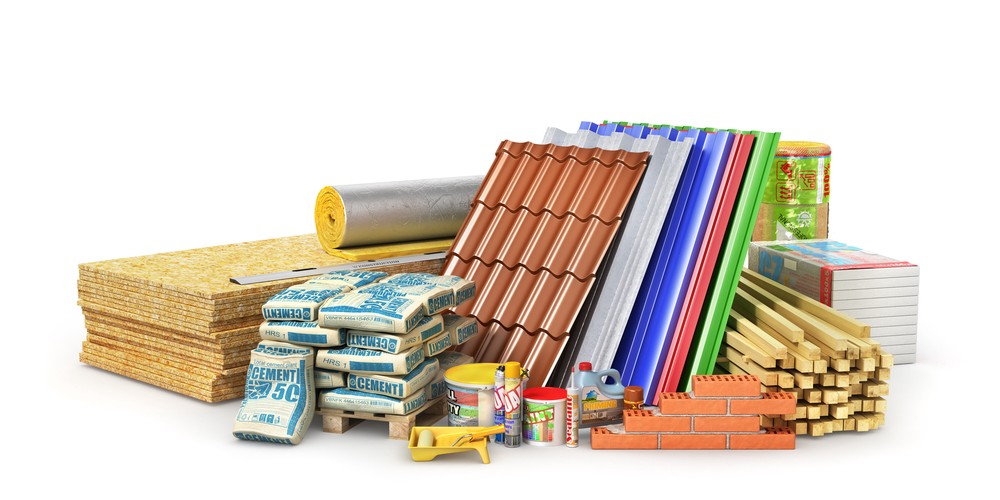Discovering the Benefits of Composites in Building
Discovering the Benefits of Composites in Building
Blog Article
Opening the Environmental Benefits of Recycled Composites in Building and Design
In the world of building and layout, the usage of recycled compounds holds substantial pledge for improving sustainability methods and decreasing ecological effect. The change towards a more sustainable future in these sectors pivots on opening the full capacity of recycled composites.

Environmental Influence Decrease
The decrease of ecological influence with the usage of recycled composites in construction and style plays a crucial duty in lasting techniques. By integrating recycled composites right into structure products, the construction sector can substantially lower its carbon footprint and contribute to a more environmentally friendly future. These lasting materials, made from repurposed plastics, wood fibers, or other recycled elements, supply a feasible alternative to typical building and construction materials without compromising on high quality or sturdiness.
Recycled compounds help divert waste from landfills and decrease the need for removing basic materials, thus conserving all-natural sources. Additionally, the production procedure of these composites commonly eats much less energy and releases fewer greenhouse gases compared to producing virgin materials (composites). This change towards utilizing recycled composites not just minimizes ecological damage but additionally promotes a circular economy by motivating the reuse of materials that would certainly or else be discarded
Waste Reduction
With a concentrate on reducing waste in construction and style, the assimilation of recycled compounds supplies a lasting option to decrease ecological influence. Waste minimization is a crucial aspect of lasting techniques, and using recycled compounds offers a chance to achieve this goal properly. By making use of materials that have already served their preliminary purpose, such as recycled plastics or reclaimed timber fibers, the building and construction and layout industries can dramatically reduce the amount of waste produced and sent to land fills.
Recycled composites have the prospective to draw away considerable amounts of waste from conventional disposal methods, adding to a much more round economic climate where sources are made use of successfully. In addition, the manufacturing procedure of recycled composites often consumes less energy and creates fewer emissions compared to virgin materials, even more lowering the environmental impact of building and construction and design tasks.
Implementing waste reduction techniques with the incorporation of recycled compounds not just helps in preserving natural deposits but also advertises a more sustainable approach to building and developing for a greener future.
Energy Conservation
Incorporating recycled composites not only lessens waste in construction and design but also plays a critical duty in improving power conservation techniques within the market. Using recycled compounds in building can dramatically add to energy conservation via different ways. Firstly, the production of virgin materials typically requires considerable power inputs, whereas using recycled compounds consumes much less energy, consequently lowering total power consumption. In addition, integrating recycled compounds can add to much better insulation properties in structures, lowering the demand for excessive heating or air conditioning, and consequently decreasing energy use for climate control. The lightweight nature of lots of recycled composites can lead to lighter frameworks, calling for less energy for transportation and installment. By advertising making use of recycled composites in building and construction and design, the industry can make significant strides in the direction of attaining energy efficiency and decreasing its carbon impact, eventually adding to a much more sustainable built setting.
Carbon Footprint Reduction
Enhancing sustainability techniques via the utilization of recycled composites in construction and layout significantly decreases the carbon impact of the industry. By including recycled materials into the manufacturing of compounds, the demand for virgin sources reduces, bring about reduced energy intake and greenhouse gas emissions connected with standard production processes. This reduction in carbon footprint is essential in combating environment adjustment and advertising a more environmentally pleasant technique to building and construction and design.
Additionally, the use of recycled composites also helps in drawing away waste from land fills, therefore reducing the environmental effect of disposal and promoting a circular economic climate. The carbon impact decrease accomplished via the fostering of recycled compounds aligns with the global push in the direction of lasting techniques and the decrease of industrial emissions. It showcases a commitment to responsible source management and a shift in the direction of greener choices in the building and style industries. Inevitably, by focusing on the integration of recycled composites, the sector can make substantial strides in lowering its carbon footprint and adding to a more sustainable future.
Lasting Future
The combination of recycled composites in building and layout not just addresses instant ecological worries yet likewise lays a solid structure for a lasting future in the industry. By integrating recycled composites into structure materials and products, the construction and style fields can considerably decrease their reliance on virgin resources, resulting in have a peek at these guys a much more round economic situation. This change in the direction of sustainability is vital for mitigating the environmental effect of typical building and construction techniques, which frequently result in high levels of waste generation and source deficiency.

Conclusion
To conclude, recycled composites provide considerable environmental benefits in building and design by minimizing ecological influence, reducing waste, conserving energy, reducing carbon footprint, and advertising a lasting future. Accepting the use of recycled compounds can add to a much more environmentally-friendly method to building and design, eventually resulting in a more lasting and greener future for all.
The decrease of read this environmental impact via the use of recycled composites in building and construction and design plays a critical function in sustainable techniques.With an emphasis on reducing waste in construction and layout, the combination of recycled composites provides a lasting option to decrease ecological effect. By advertising the use of recycled composites in building and design, the sector can make substantial strides towards achieving power efficiency and lowering its carbon footprint, inevitably contributing to an extra sustainable constructed setting.

Report this page